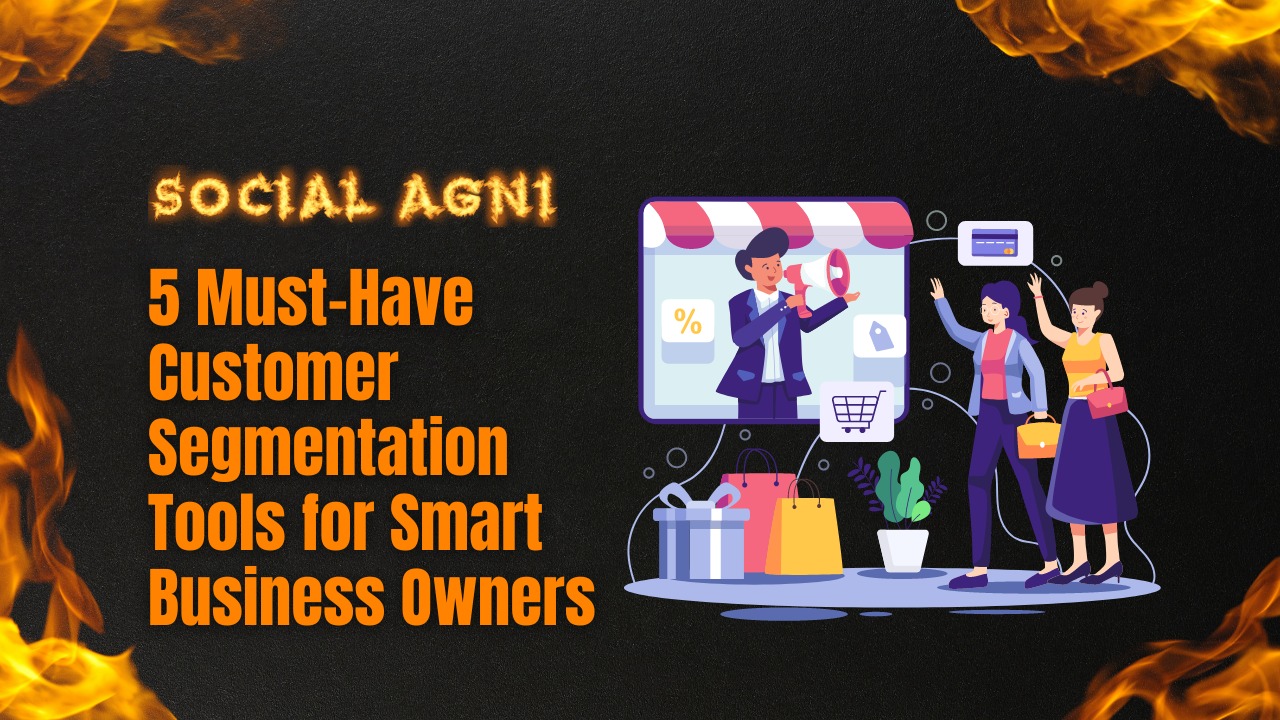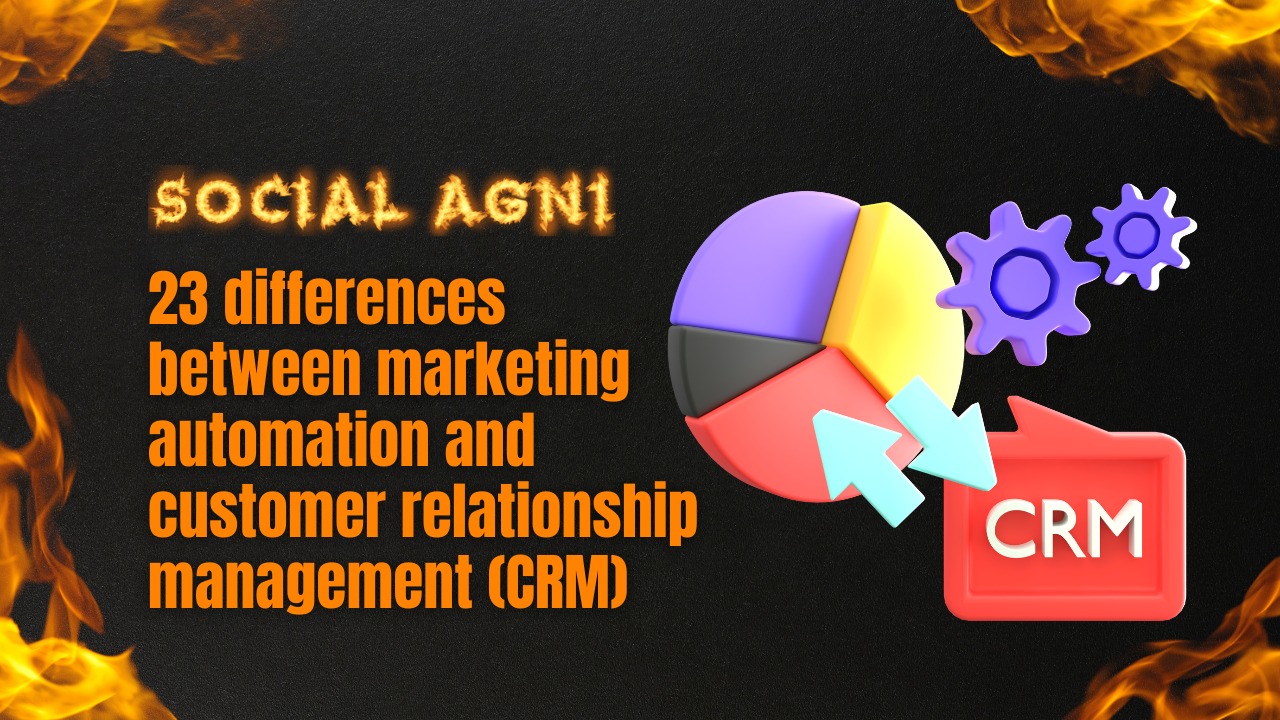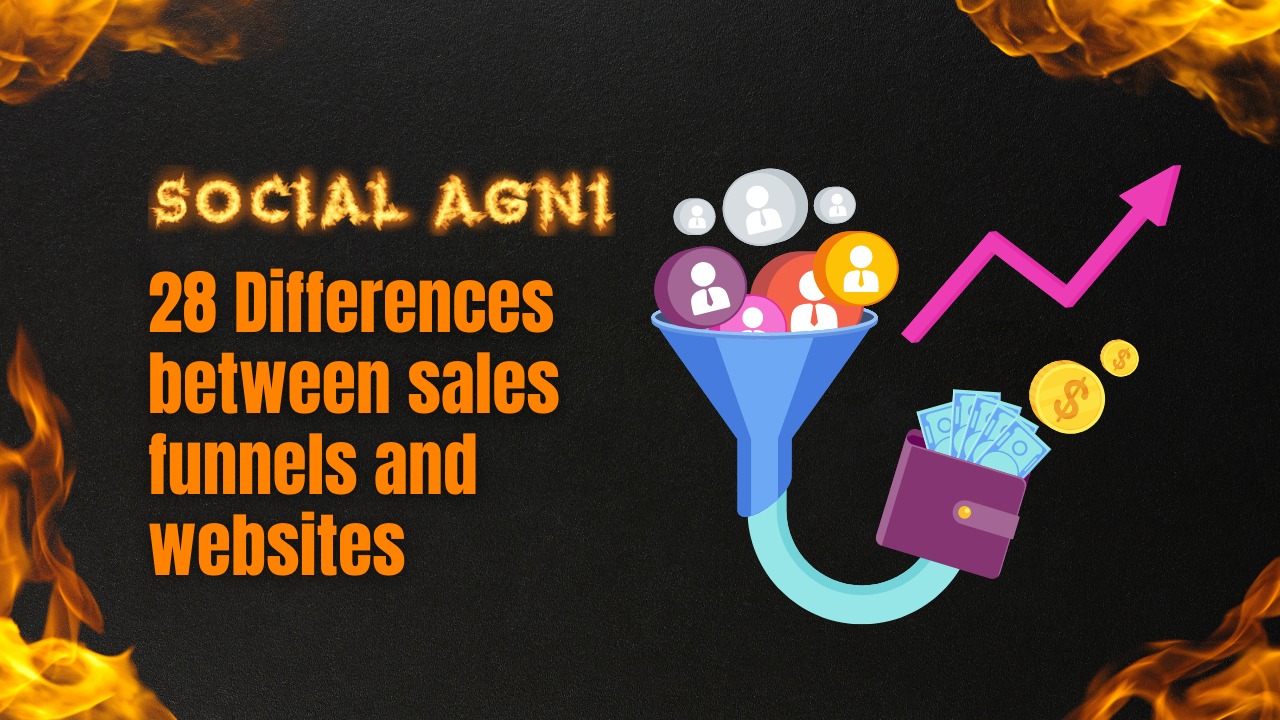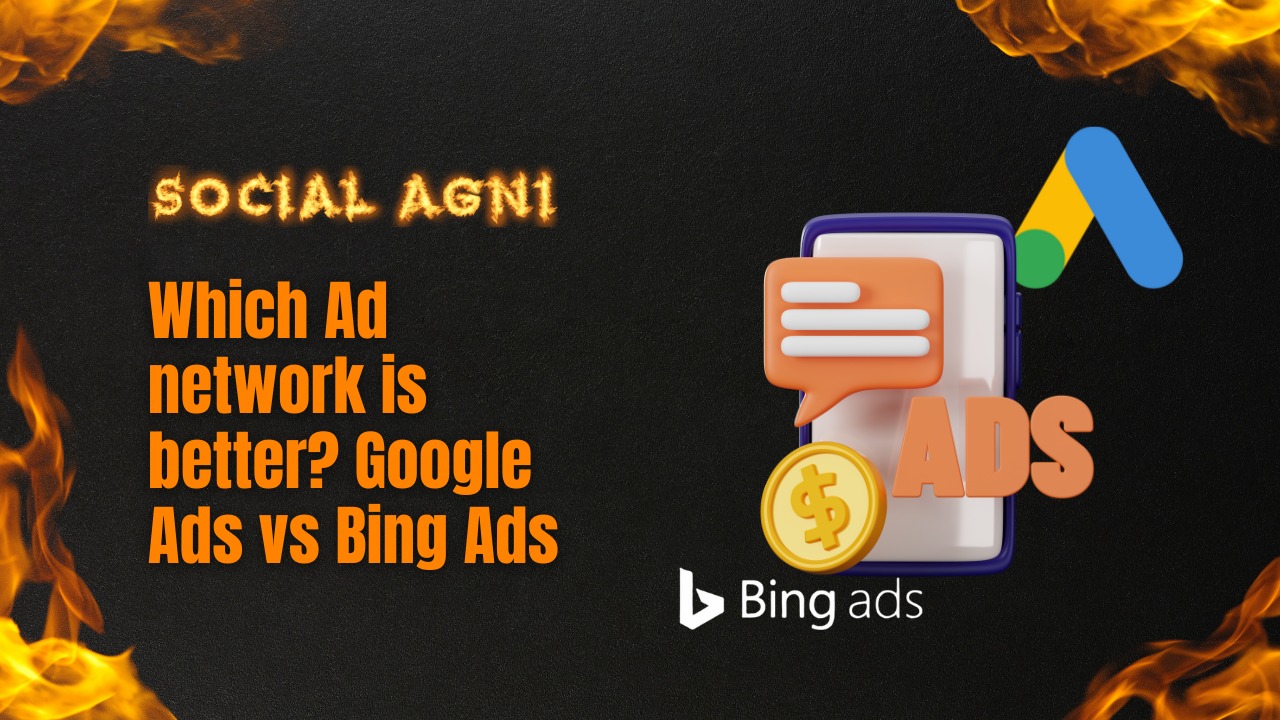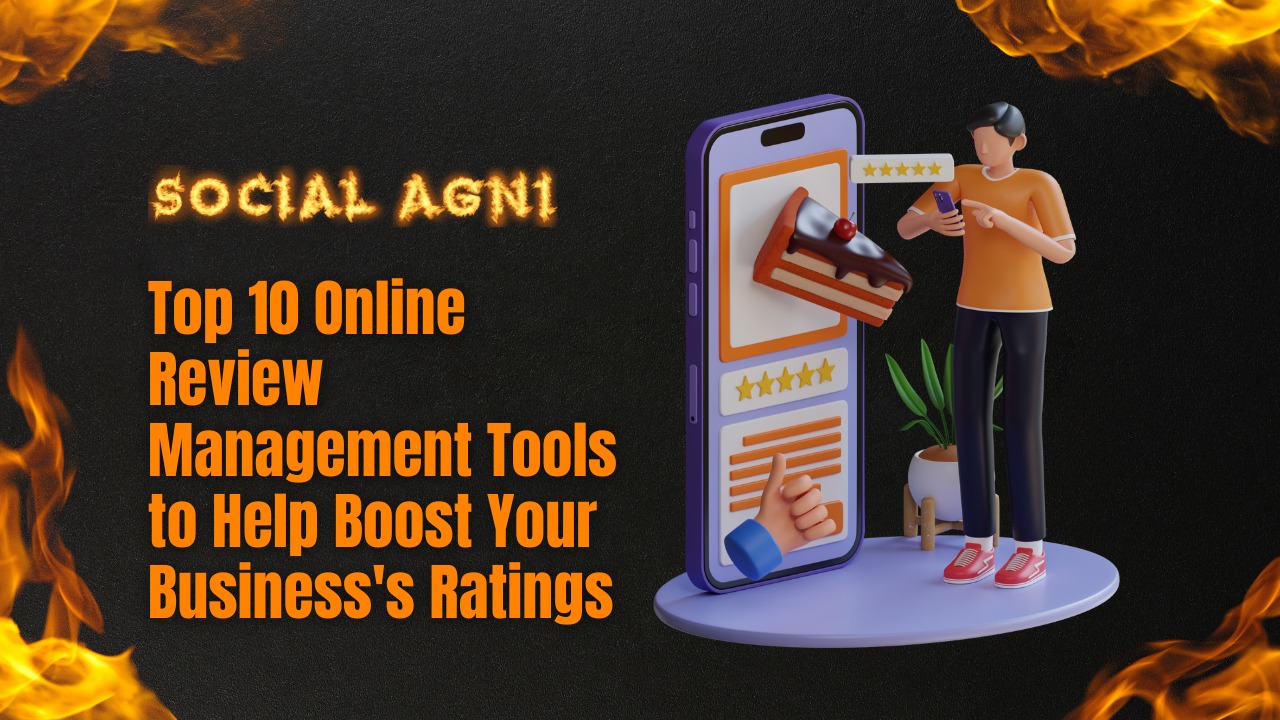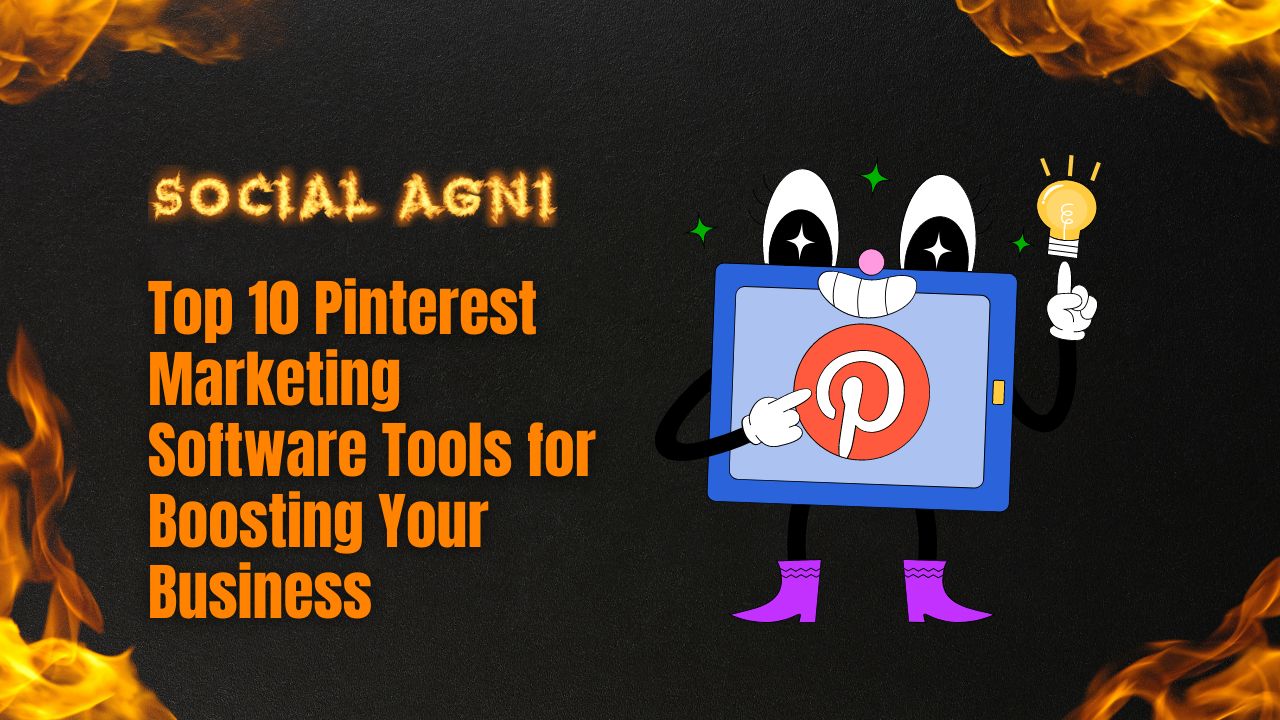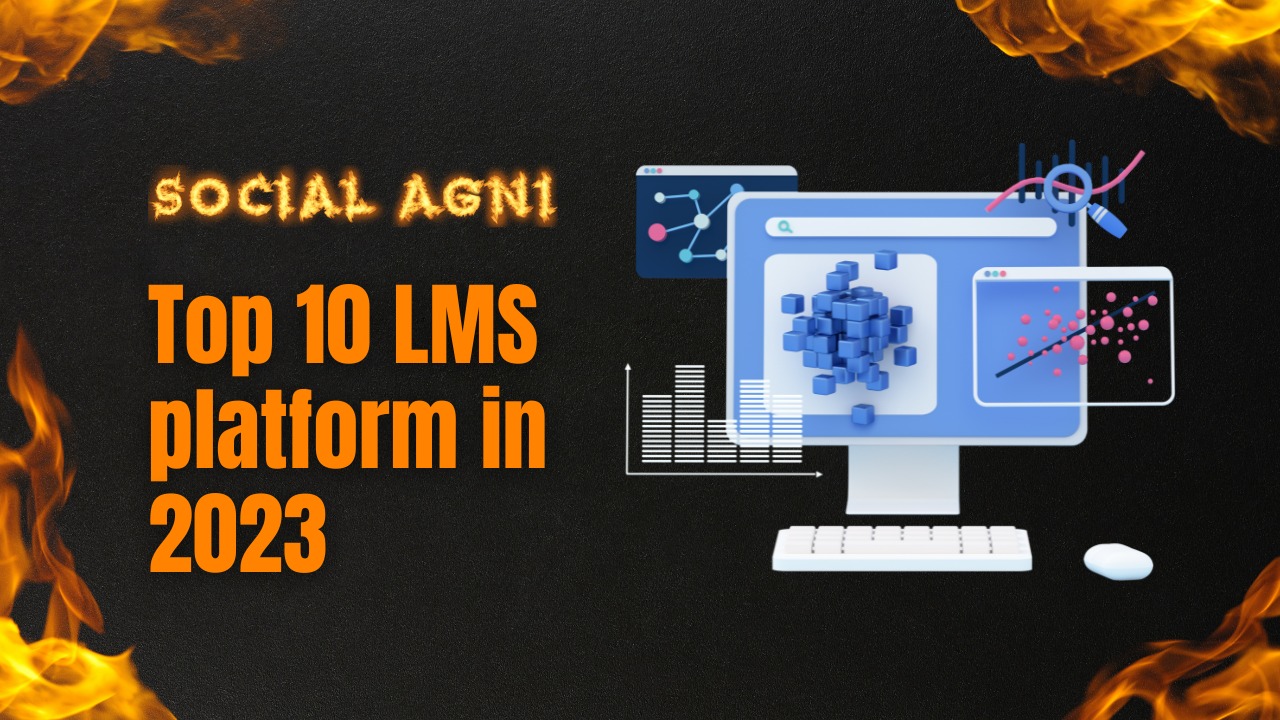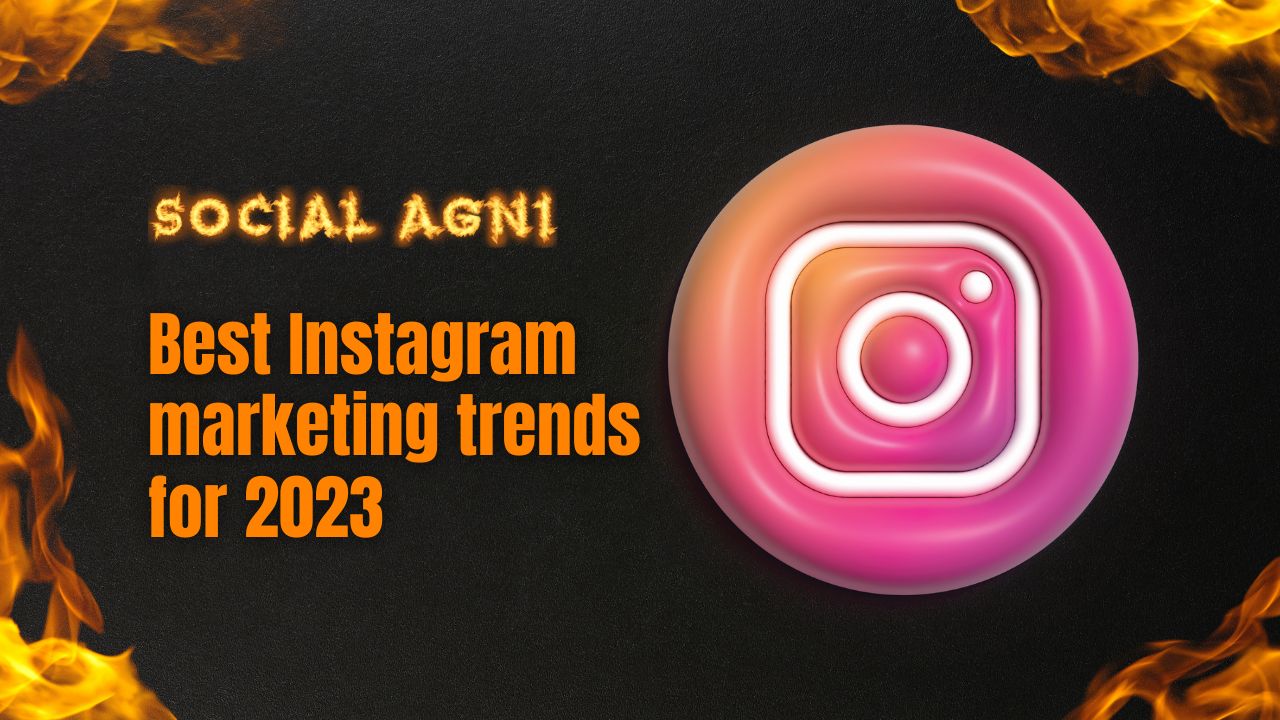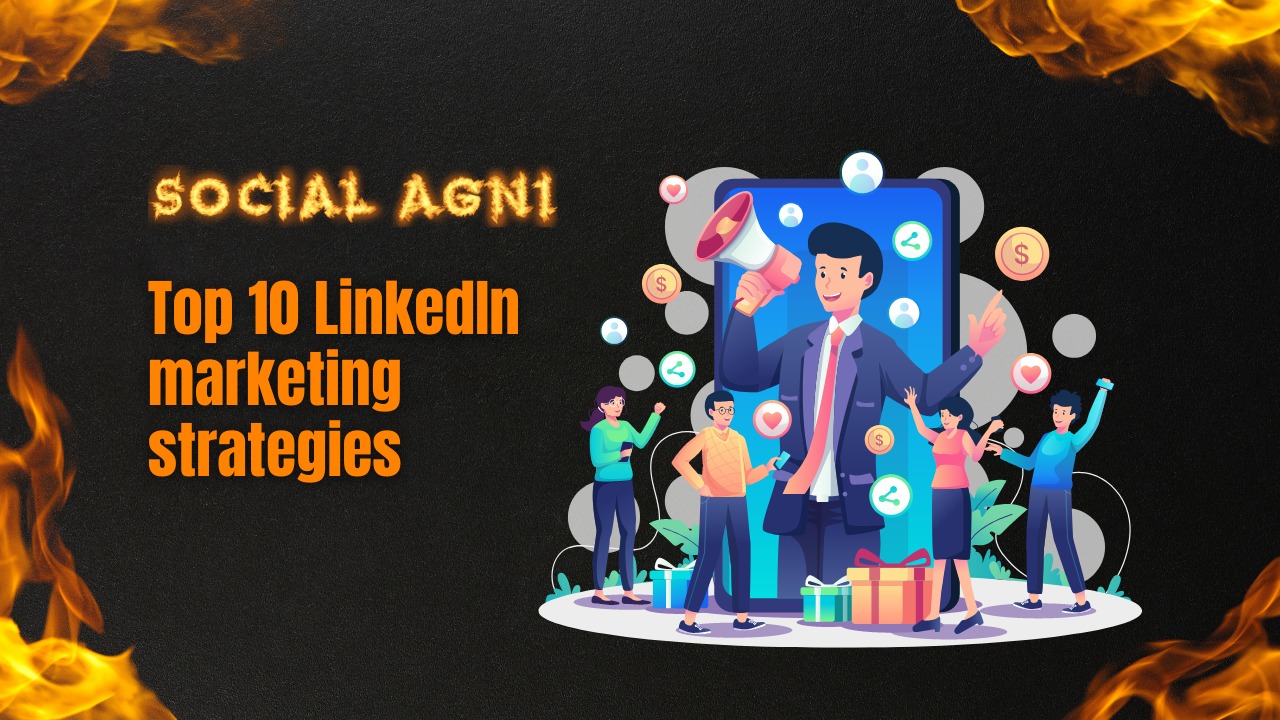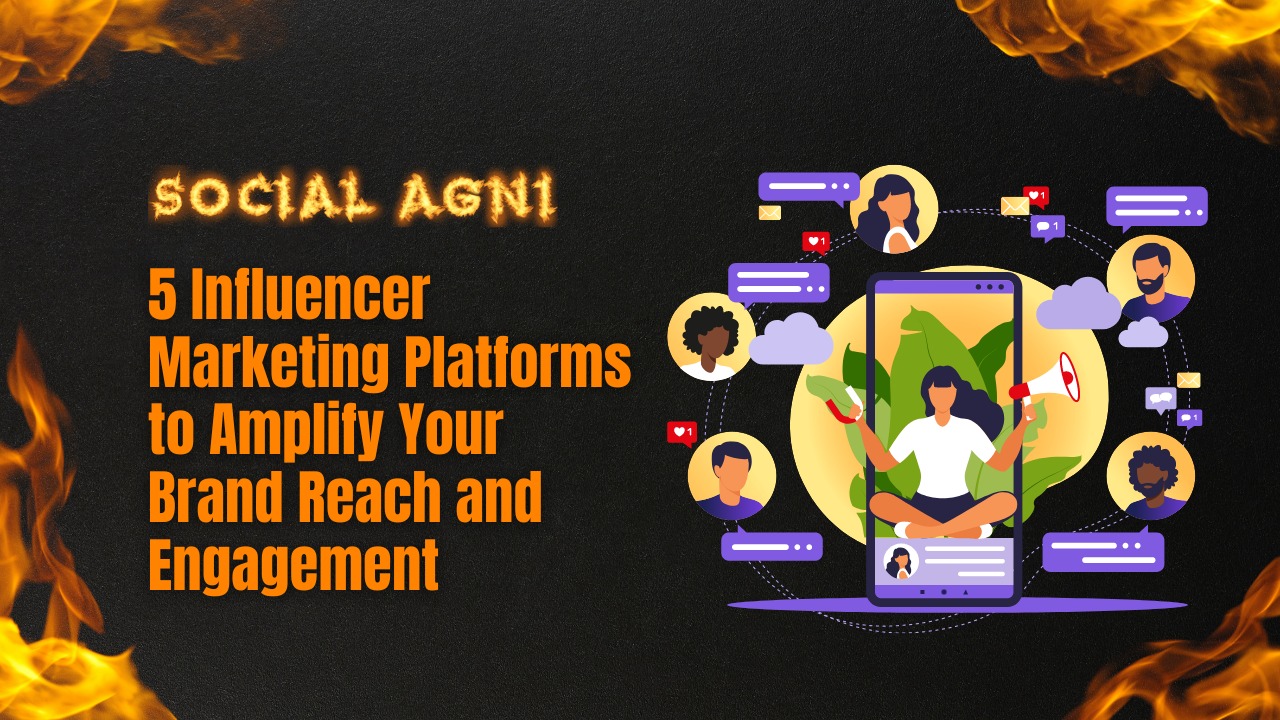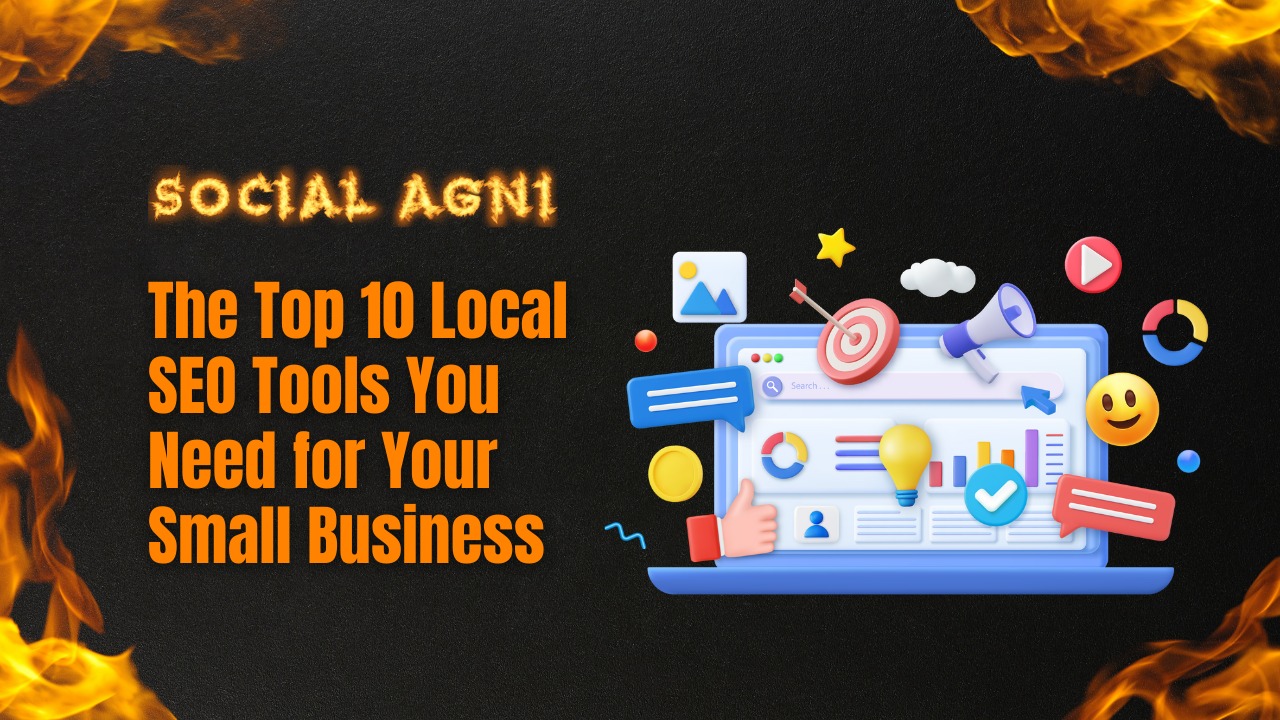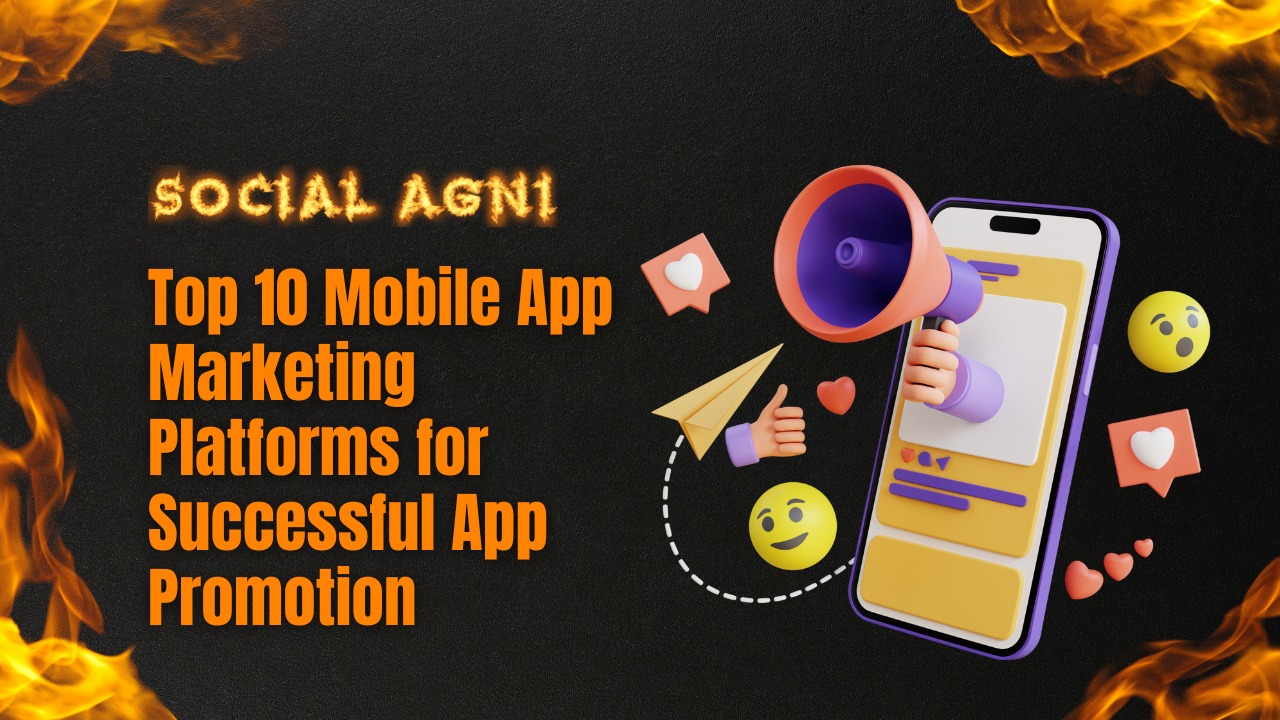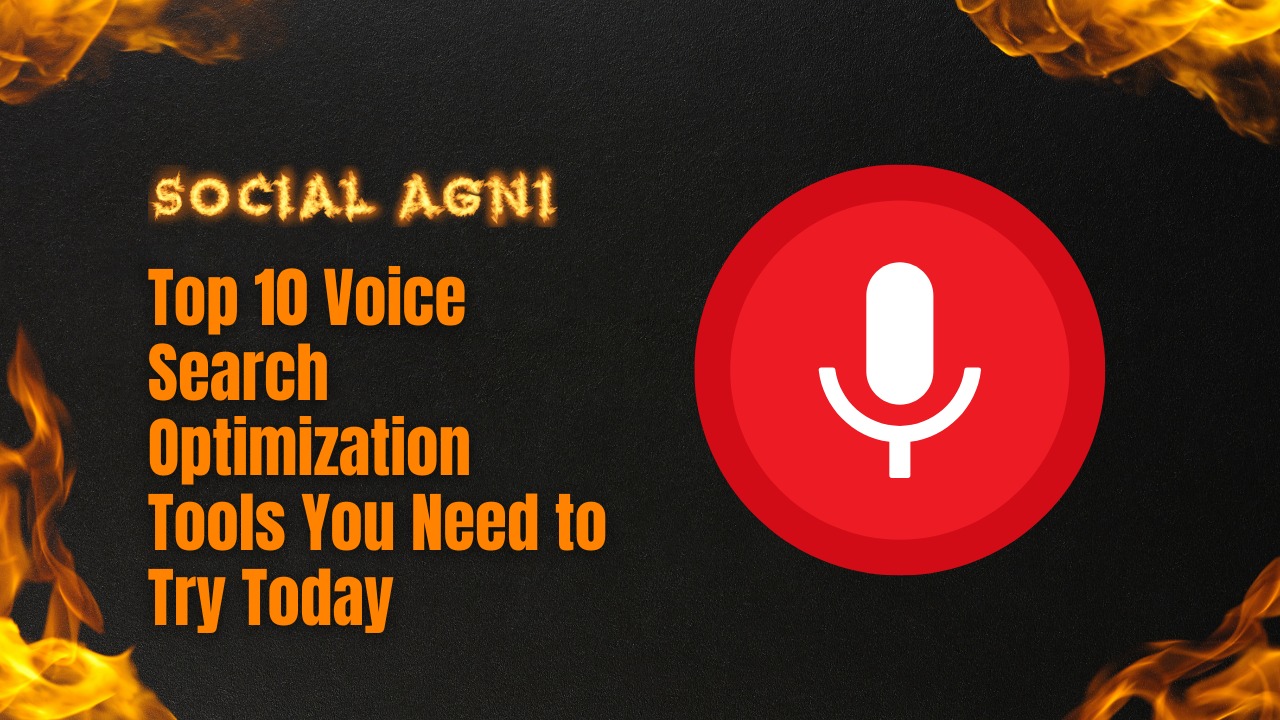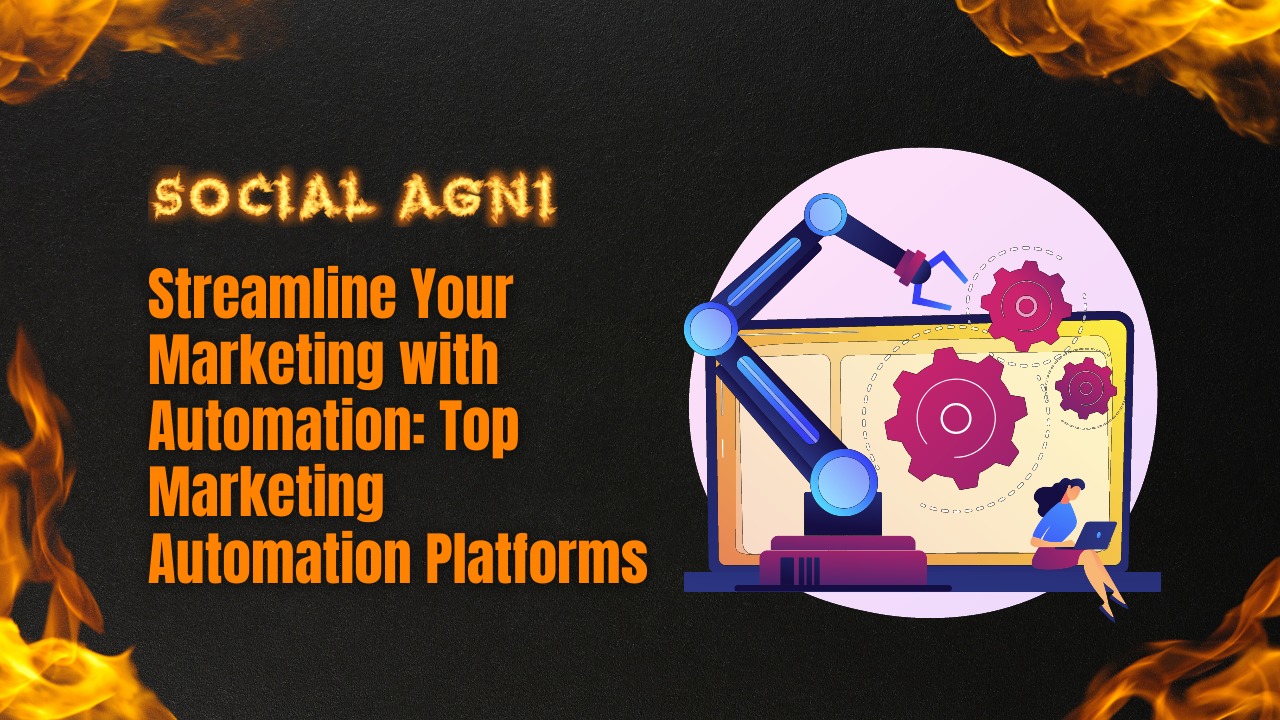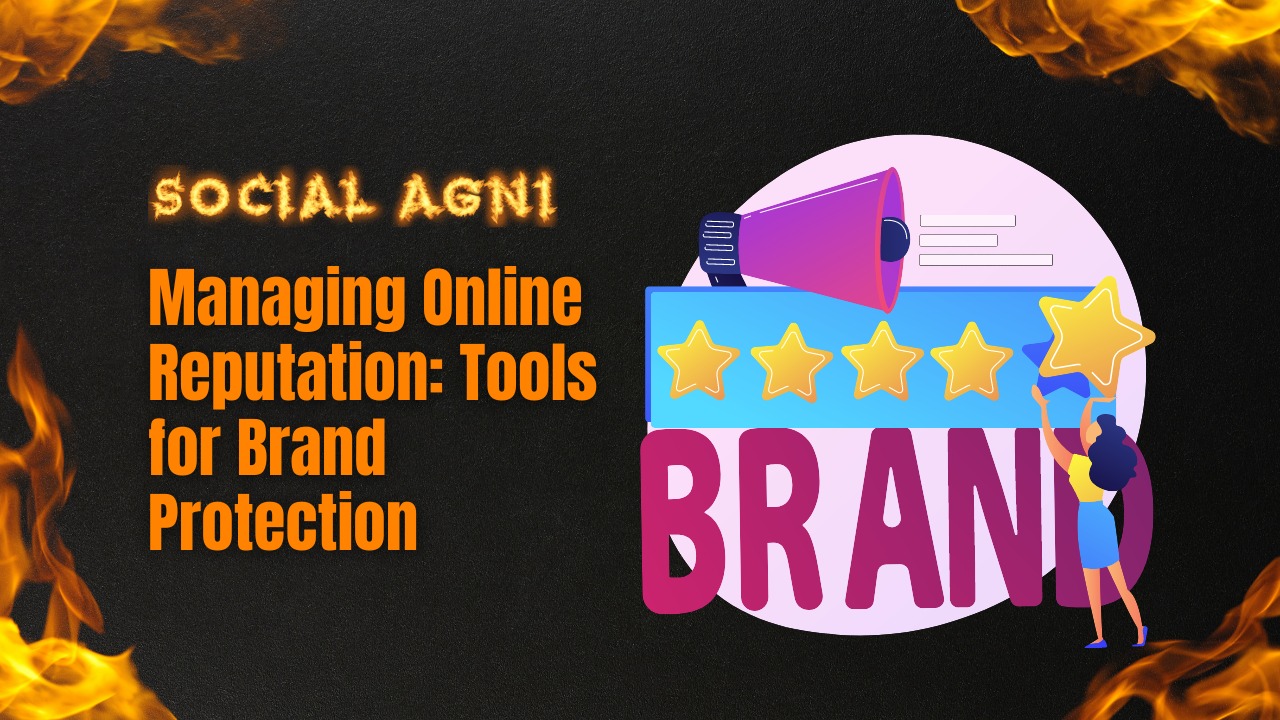Understanding and meeting consumers’ requirements is essential in today’s competitive business environment. Customer segmentation helps. Customer segmentation is grouping customers by demographics, behaviors, interests, and purchasing habits. Businesses may segment clients to better understand their target group, generate personalized marketing efforts, and offer personalized customer experiences.
Manually analyzing and categorizing large amounts of client data is time-consuming and difficult. Customer segmentation tools help clever business owners efficiently and successfully segment their customers. Advanced algorithms and data analytics automatically find trends and categorize clients based on preset parameters.
Customer segmentation tools give firms meaningful data to improve marketing and strategic decision-making. These technologies let company owners learn clients’ preferences, forecast their behavior, and send customized communications and offers. Personalization enhances client connections, satisfaction, loyalty, and business growth.
This post will discuss five client customer segmentation tools that wise business owner should consider adding to their marketing arsenal. These tools were chosen for their popularity, usefulness, and segmentation insights. We’ll discuss each tool’s capabilities, benefits, and how they might improve consumer segmentation methods. To compete in today’s market, you must understand your clients and customize your marketing efforts. Let’s explore how customer segmentation tools may transform your business, boost customer engagement, and boost your success.
5 Must-Have Customer Segmentation Tools for Smart Business Owners
Google Analytics
Businesses utilize Google Analytics to segment customers. This application helps savvy business owners analyze client behavior, acquire data, and make marketing decisions. Google Analytics tracks and analyses website traffic. A tracking code on your website can reveal your users’ demographics, hobbies, and browsing behavior. This data lets you segment your audience by age, gender, geography, and interests. This segmentation lets you design focused marketing campaigns for certain consumer categories, improving conversions and sales.
Google Analytics allows extensive segmentation beyond demographic and interest-based. Create unique segments based on online behaviors like buying, subscribing, or abandoning a basket. Granular segmentation lets you analyze client behavior and customize marketing campaigns. Google Analytics offers robust reporting and data visualization. Conversion rates, bounce rates, and average session time may be reported for each client category. These insights help you discover high-performing categories and allocate marketing efforts.
Google Analytics integrates with Google Ads and Google Search Console, making it useful. Linking platforms improves client segmentation. Google Analytics may help you optimize ad targeting, find the most valuable keywords, and improve SEO.
Smart business owners use Google Analytics for consumer segmentation. Demographic monitoring, custom segmentation, reporting, and interaction with other Google products help organizations understand their customers, improve marketing tactics, and boost outcomes. Google Analytics lets you maximize client segmentation and grow your business.
HubSpot
HubSpot is a strong marketing and CRM software with customer segmentation features. HubSpot capabilities allow savvy company owners to segment their audience and create personalized experiences to attract, engage, and delight clients. HubSpot’s Smart Lists categorize customers. Your contact attributes, behaviors, and engagement levels automatically refresh these dynamic lists. Smart Lists let you segment leads by status, geography, industry, or website behaviors. This degree of segmentation lets you target particular client categories with relevant and engaging messaging.
HubSpot Workflows automates segmentation and nurturing. Workflows let you build custom actions based on criteria or behaviors. For instance, you may create a process that sends customized emails to clients who abandoned their shopping carts or allocates leads to sales reps based on industry or lead score. Automating these procedures lets you send timely and appropriate communications to diverse target segments, improving their experience and boosting conversions. HubSpot works with email marketing and social media platforms to enhance its segmentation capabilities. These connectors let you get data from many sources and optimize client groups.
HubSpot’s CRM also consolidates client involvement history. This data may be used to categorize clients by the likelihood of conversion or special attention. Understanding each segment’s requirements and preferences allows you to create tailored marketing and offers that build connections and loyalty.
Mixpanel
Businesses use Mixpanel’s advanced consumer segmentation features. Mixpanel helps savvy business owners understand their customers and optimize their marketing tactics by recording events and analyzing user behavior. Event tracking powers Mixpanel’s client segmentation. This tool lets you track and analyze user behavior on your website or app. You may learn how various customer groups use your product or service by identifying and recording key business events. Customer segmentation relies on this data.
Mixpanel enables behavioral segmentation beyond demographics. Segment your audience by activities, behaviors, and preferences. You can categorize consumers who have purchased, finished a specified onboarding procedure, or used certain product features. These behavioral categories let you customize marketing, offers, and user experiences for distinct consumer groups, improving engagement and conversions.
Mixpanel offers funnel analysis and event monitoring. Funnels show you how users interact with your website or app. Tracking conversion rates at each funnel phase helps uncover user drop-offs and issues. This data optimizes user experience and identifies conversion-boosting initiatives. Cohort analysis from Mixpanel lets you group clients by shared traits or behaviors across time. Cohorts show how marketing campaigns, product improvements, and user behaviors affect customer retention, engagement, and income. Cohort data can help you tailor marketing to specific client segments.
Mixpanel also lets you create detailed reports and dashboards with crucial KPIs for each consumer category. These insights let you assess marketing performance, discover trends, and optimize consumer segmentation methods.
Finally, Mixpanel provides sophisticated consumer segmentation options for event tracking, behavioral analysis, and cohort analysis. These features help savvy business owners analyze their customers, optimize their marketing tactics, and create personalized experiences that boost engagement and conversions. Customer segmentation may boost business success with Mixpanel.
Salesforce Marketing Cloud
Salesforce Marketing Cloud delivers advanced customer segmentation. Salesforce Marketing Cloud’s capabilities let savvy business owners segment their consumer base for personalized and targeted marketing efforts.
Salesforce Marketing Cloud’s contact data management is crucial. It stores consumer demographics, preferences, purchase history, and engagement indicators. This data lets you categorize customers by age, geography, purchase behavior, and interaction.
Salesforce Marketing Cloud’s customer segmentation includes predictive intelligence. The platform analyses patterns and behaviors to forecast client preferences and future actions using powerful algorithms and machine learning. Predictive modeling lets you divide your audience by their potential to participate in marketing initiatives or become consumers. Targeting these high-potential demographics maximizes marketing effectiveness and conversion rates.
Salesforce Marketing Cloud personalizes content dynamically. This tool lets you target particular client categories with marketing content. Dynamic content blocks in emails and landing sites let you show appropriate information, offers, and suggestions to each consumer segment. Personalization boosts client engagement and conversions.
The software lets you map and automate customer journeys based on triggers and actions. By mapping consumer touchpoints and interactions, you can provide tailored messages and experiences at the correct moment and through the right channels. Automation simplifies marketing, guarantees consistency, and boosts consumer engagement.
Salesforce Marketing Cloud interacts with other Salesforce products and third-party apps, letting you use more data for segmentation. Combining data from several platforms lets you develop more detailed client categories and understand customer behavior.
Mailchimp
Mailchimp is a prominent email marketing tool with powerful client segmentation. Mailchimp lets savvy company owners segment their customers and send tailored email messages. Mailchimp offers contact-based consumer segmentation. You may segment by age, region, gender, or industry. Targeting certain client categories with customized content and offers can improve email marketing relevance and performance.
Mailchimp offers campaign engagement-based segmentation. Create segments of subscribers who have opened or clicked on particular emails or have not participated in your campaigns within a given time frame. Targeting engaged or disengaged segments individually lets you use alternative communications to re-engage dormant subscribers or nurture highly engaged clients.
E-commerce data segmentation is another useful Mailchimp function. If your online business is linked with Mailchimp, you may segment clients by purchasing behavior, order history, or product preferences. This lets you deliver customized offers, product recommendations, and follow-up emails to certain consumer categories, enhancing sales and customer loyalty. Mailchimp includes pre-built segmentation options called “tags” and “groups.” Tags let you label subscribers by interests, preferences, or activities. Groups let you manually categorize subscribers. These customizable segmentation choices allow you to meet your business and marketing goals.
Mailchimp also offers segmentation and sophisticated automation. Automation processes can send customized email sequences based on client activities. An automated procedure might send new subscribers a series of emails to onboard them. You may nurture connections and boost conversions by segmenting and automating consumer messaging.
Conclusion
Customer segmentation is essential for wise business owners in today’s competitive industry. Businesses may personalize their marketing by analyzing client groups’ traits, habits, and preferences. Customer segmentation requires powerful tools.
Smart business owners should use these five consumer segmentation techniques. Google Analytics lets companies segment their audience by demographics, interests, and behaviors. Smart Lists and Workflows from HubSpot automate segmentation and nurture. Event tracking and funnel analysis from Mixpanel reveal user activities and enable exact consumer segmentation. Salesforce Marketing Cloud provides enhanced contact data management, predictive analytics, and dynamic content customization for targeted marketing initiatives. Mailchimp, a prominent email marketing software, offers contact, campaign, and e-commerce segmentation.
Business owners may improve performance and develop sustainably by using consumer segmentation techniques in their marketing campaigns. Businesses may segment high-value customers, improve messages and content, and boost engagement and conversions. These solutions also automate operations, improve workflows, and expand personalization. Smart business owners must constantly adjust their plans to prosper in today’s industry. Customer segmentation technologies provide important insights, improve targeting precision, and maximize marketing ROI. client segmentation helps firms strengthen client connections, promote loyalty, and achieve long-term success.
Frequently Asked Questions (FAQS):
1. Customer segmentation?
client segmentation divides a client base into groups with comparable traits, habits, or preferences.
2. Customer segmentation—why?
client segmentation helps firms understand their audience, customize their marketing, and create tailored experiences that resonate with certain client segments, improving customer satisfaction and commercial outcomes.
3. Customer segmentation benefits?
Customer segmentation improves targeting, conversion rates, loyalty, marketing ROI, and resource allocation.
4. What are the best client segments for my business?
Analyze customer data, do market research, and examine demographics, psychographics, purchasing behavior, and customer lifetime value to find suitable consumer groups.
5. Customer segmentation data?
Depending on your business’s objectives and goals, customer segmentation might employ demographic, transactional, customer behavior, survey, social media, and other data.
6. Customer segmentation: how?
To segment consumers successfully, set clear segmentation criteria, employ relevant and reliable data, analyze and validate your segments, and continuously assess and adjust your segmentation strategy based on customer input and market developments.
7. Create how many consumer segments?
Your client segments depend on your company’s complexity, consumer diversity, and resources. It’s best to have enough segments to tailor marketing but not too many to manage.
8. Can I combine segmentation methods?
You may combine demographic, behavioral, and psychographic segmentation. Combining methods can improve consumer insight.
9. How often should I revise my consumer segments?
Customer segments should be updated constantly to reflect customer behavior, market conditions, and corporate goals. At least yearly, examine and adapt.
10. Customer segmentation tools?
CRM systems, analytics platforms, marketing automation software, and customer data platforms (CDPs) can be used for customer segmentation.
11. How can consumer segmentation boost my marketing?
Targeting particular consumer demographics with targeted communications and offers may boost engagement, conversions, and campaign effectiveness.
12. Can customer segmentation personalize customer experiences?
Absolutely! Personalization starts with consumer segmentation. Understanding segment requirements and preferences lets you adapt interactions, suggestions, and content for more relevant and engaging experiences.
13. Is customer segmentation only for big companies?
Customer segmentation benefits all organizations. Understanding your clients and segmenting your marketing may help your small or large business flourish.
14. Customer segmentation challenges?
consumer segmentation concerns include data quality issues, limited data analytic resources, establishing the correct segmentation criteria, and updating segments as consumer preferences change.
15. How do I evaluate consumer segmentation?
Tracking customer retention, conversion, satisfaction, campaign performance, and segment revenue may help you evaluate your customer segmentation strategy. Monitoring and analyzing these indicators will reveal your segmentation success.
